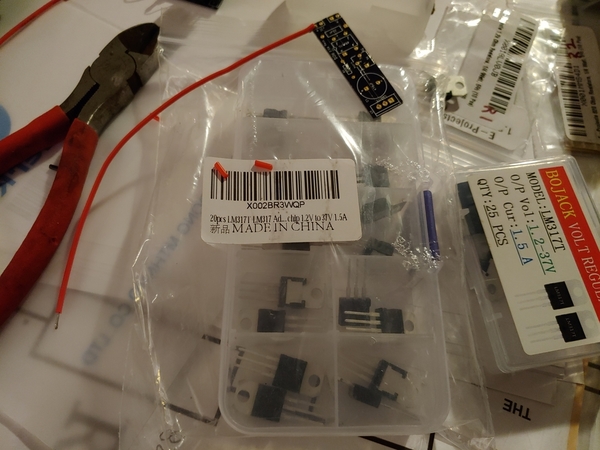Not sure why you're worried about heat on the LM317, I've never seen one fail from being soldered. I used to get my lighting boards in without the thru-hole part (the LM317) installed and soldered them in myself. I never lost one to heat, I think the first 1500 boards were done that way. Now they're soldered in by the PCB house, but I've still never had a bad LM317.
You're solving problems that don't exist!










